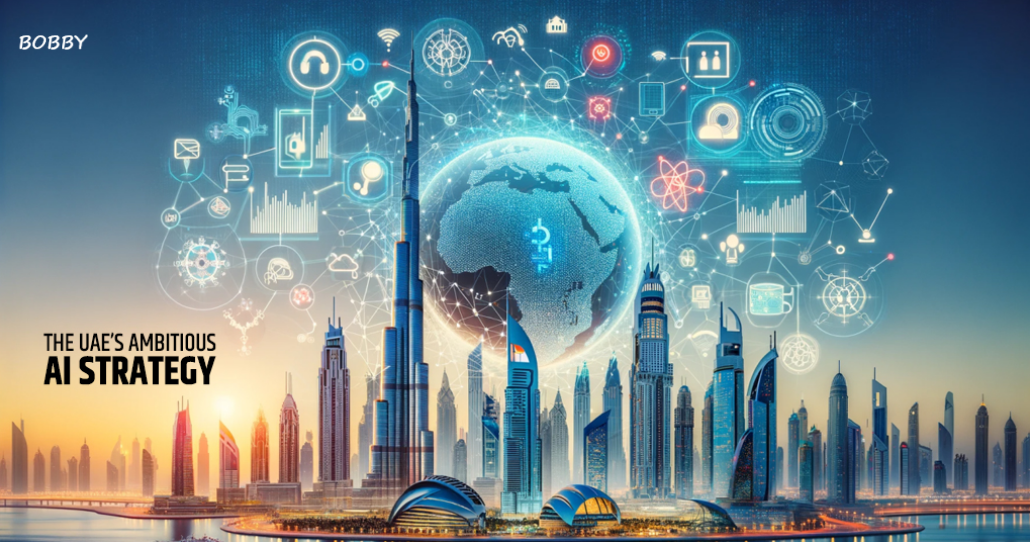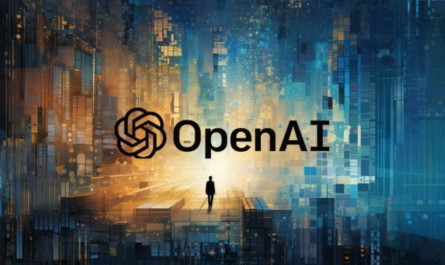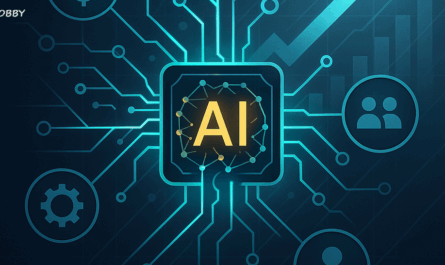Artificial Intelligence has become the backbone of modern technology, transforming industries and redefining how we live and work. But as AI continues to grow, a new challenge has emerged — making intelligence faster, cheaper, and more accessible to everyone.
At GITEX Global 2025 in Dubai, one of the world’s largest technology events, global leaders, innovators, and policymakers came together to discuss this exact challenge. Their conclusion was clear: the future of AI isn’t only about smarter algorithms — it’s about building smarter infrastructure.
A New Vision for Intelligent Economies
One of the most anticipated moments at GITEX was the conversation between Sam Altman, CEO of OpenAI, and Peng Xiao, Group CEO of G42. They explored what Altman called “AI-native societies” — nations built around fair access to computational power and intelligent systems.
Altman summed up his vision simply:
“The best way to prevent inequality in the AI era is to make intelligence abundant and cheap.”
This statement struck a chord. Altman wasn’t just talking about faster models or better data — he was emphasizing AI as a public resource, something everyone should be able to use.
Through initiatives like G42’s “AI for Countries” program, the UAE is already turning this vision into reality. The goal is to provide access to large-scale computing power for governments, institutions, and startups, ensuring AI benefits society as a whole.
In this emerging world, the most valuable resource isn’t oil or even raw data — it’s the ability to process and apply intelligence. Nations that build robust AI infrastructure will lead the global economy of the future.
Building Open and Sovereign AI Systems
Another strong theme from GITEX 2025 was the importance of sovereign AI — giving nations control over their own AI systems instead of relying entirely on foreign technology.
Jim Keller, CEO of Tenstorrent, addressed this idea in his keynote, “Taking Control of Your Sovereign AI Future.” He argued that the current dependence on a few dominant hardware suppliers limits innovation and drives up costs.
To overcome this, Keller highlighted the potential of open architectures like RISC-V, which allow countries and organizations to build custom, cost-effective AI infrastructure. Open systems make it possible to innovate freely, without being locked into proprietary technology.
This movement toward open, modular hardware aligns with G42’s broader goal of empowering countries to build their own AI ecosystems. Just as open internet standards enabled global communication decades ago, open hardware could now democratize intelligence itself.
The message from Keller was clear: nations that control their AI infrastructure will control their technological destiny.
The Shift Toward Hybrid Computing
As AI models grow larger and more complex, the infrastructure that powers them must evolve too. Training and running these models require massive computing resources, which can quickly become expensive and energy-intensive.
Suhaib Zaheer, Senior Vice President and General Manager of Managed Hosting at DigitalOcean, spoke about how companies are now adopting hybrid computing architectures to solve this problem.
In a hybrid system, CPUs, GPUs, and even quantum processors work together, each handling the tasks they do best. Heavy AI training is done on powerful GPU clusters, while real-time inference — the process of using AI to make predictions — is handled by lightweight processors or edge devices.
This balance helps organizations reduce latency, cut energy costs, and process data closer to where it’s created. Hybrid systems are not only efficient but also more sustainable, which is crucial as global energy concerns continue to grow.
The takeaway from these discussions was simple: the future of AI won’t depend on one type of chip or infrastructure, but on flexible systems that can adapt and scale intelligently.
Three Challenges Shaping the Future of AI
Throughout GITEX 2025, discussions repeatedly circled back to the same three challenges that will determine the future of AI inference:
-
Hardware Bottlenecks
The ongoing shortage of GPUs and rising costs are major barriers to AI adoption. Overcoming this will require investment in new chip designs, alternative processors, and local manufacturing to make computing resources more accessible. -
Data Sovereignty
As AI becomes central to national development, countries must decide how to protect their data while still collaborating globally. The balance between openness and security will define which nations lead in AI innovation. -
Equitable Access
Making AI accessible to all — not just large corporations — is essential for fairness and long-term growth. Governments, academia, and private sectors must work together to democratize AI tools and education, ensuring equal opportunities in the digital economy.
Dubai’s Leadership in the Intelligence Era
Dubai’s hosting of GITEX Global 2025 highlighted its role as a leader in the global digital transformation. The city has positioned itself as a hub for AI innovation, cloud computing, and smart governance.
From sovereign cloud platforms to quantum computing startups, GITEX showed that AI is no longer a niche technology. It’s the foundation upon which modern economies are being built.
Dubai’s success story offers a glimpse of what the AI-native nation might look like — a society that uses technology not just to innovate but to empower people, businesses, and governments alike.
As the world moves deeper into the intelligence age, the lessons from GITEX 2025 are clear:
-
Open collaboration leads to faster innovation.
-
Smart infrastructure is the key to scalability.
-
And the real power of AI lies in making intelligence universally available.
FAQs
1. What is AI inference?
AI inference is the process where a trained AI model makes real-time predictions or decisions based on new data. It’s how AI systems operate in practical applications — from chatbots to self-driving cars.
2. How does inference differ from training?
Training involves teaching an AI model to recognize patterns using large datasets. Inference happens afterward, when the model uses that knowledge to produce outputs quickly and efficiently.
3. Why is AI infrastructure so important?
Powerful infrastructure — including hardware, cloud systems, and data pipelines — ensures that AI applications run smoothly, affordably, and sustainably. Without it, scaling AI becomes nearly impossible.




